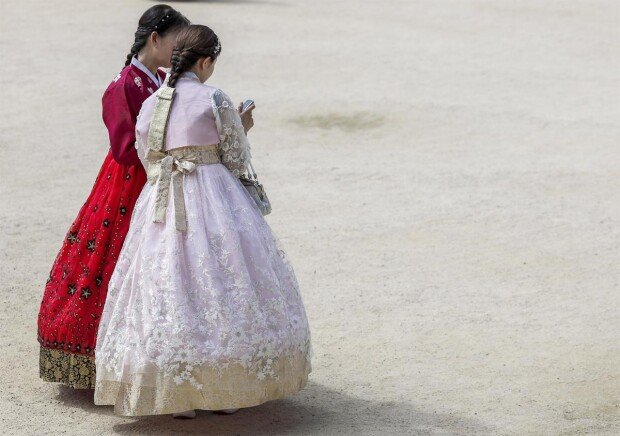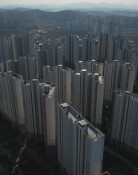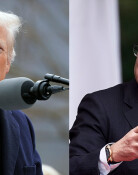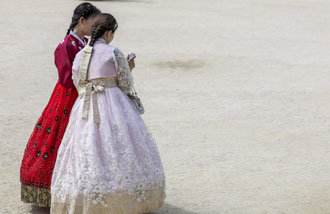How fashion innovation highlighted hanbok’s beauty
How fashion innovation highlighted hanbok’s beauty
Posted January. 27, 2025 07:12,
Updated January. 27, 2025 07:12

Nowadays, more and more people visit traditional palaces in hanbok to showcase their beautiful attire, even when it’s not the Lunar New Year. The elegance of the hanbok is undeniable, but many people find the richness of the skirt particularly beautiful. In 'Women's Fashion and Beauty in the Late Joseon Dynasty,' an article in History of Korean Clothing Culture published by the Northeast Asia History Foundation, we explore the origins of hanbok skirts and jeogori.
To examine hanbok skirts, we must first consider the changes in the accompanying jeogori. According to researcher Lee Minjoo, as the Joseon Dynasty progressed into its later period, women's jeogori became significantly shorter, and the sleeves narrowed, accentuating the lines of their upper arms.
As the length of the jeogori shortened, the skirt was naturally pulled up over the chest. The underwear worn underneath helped inflate the skirt. This gave rise to a new style of skirt and jeogori, characterized by a 'thicker lower, thinner upper' silhouette that emphasized femininity.
This style completely differed from the skirt and jeogori worn by Koreans earlier. From Goguryeo to the early Joseon Dynasty, the jeogori extended down to the hips, and the skirt was wrapped around the waist. “In a similar vein to the femininity-emphasizing styles that became popular in the West during the 17th and 18th centuries, hanbok skirts became more creative in how they were worn,” the researcher explains.
"Clothing is always a living, breathing cultural product,” the researcher continued, “and only clothing that reflects the aesthetics of the people of the era—rooted in those who lived there for a long time and made from locally produced fabrics—can truly be considered a ‘tradition.’"
Jong-Yeob JO jjj@donga.com







